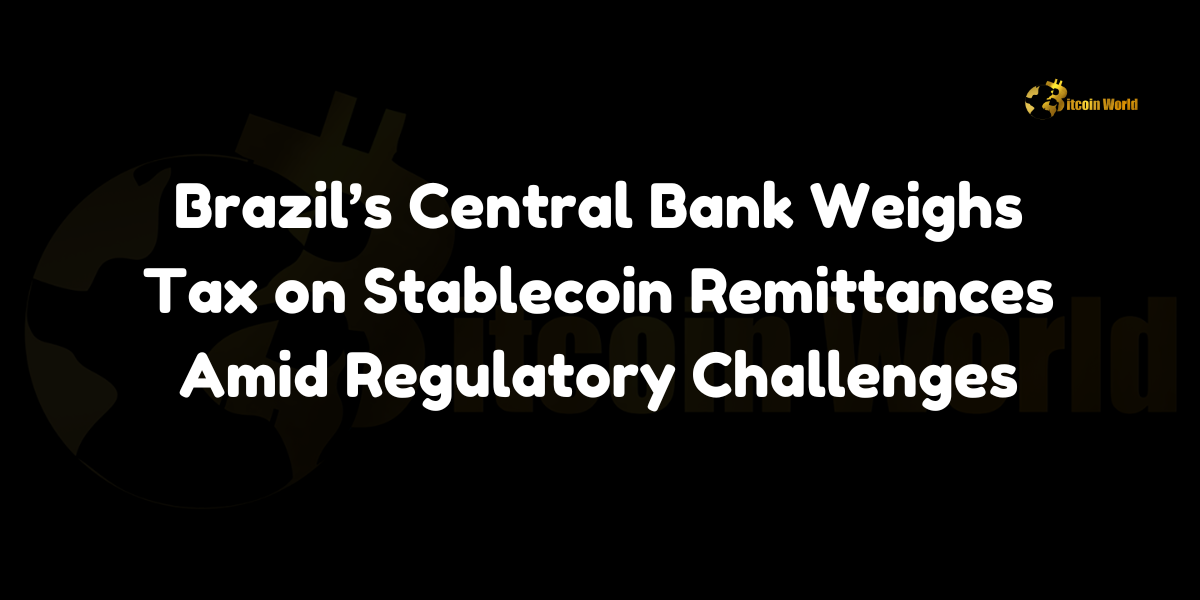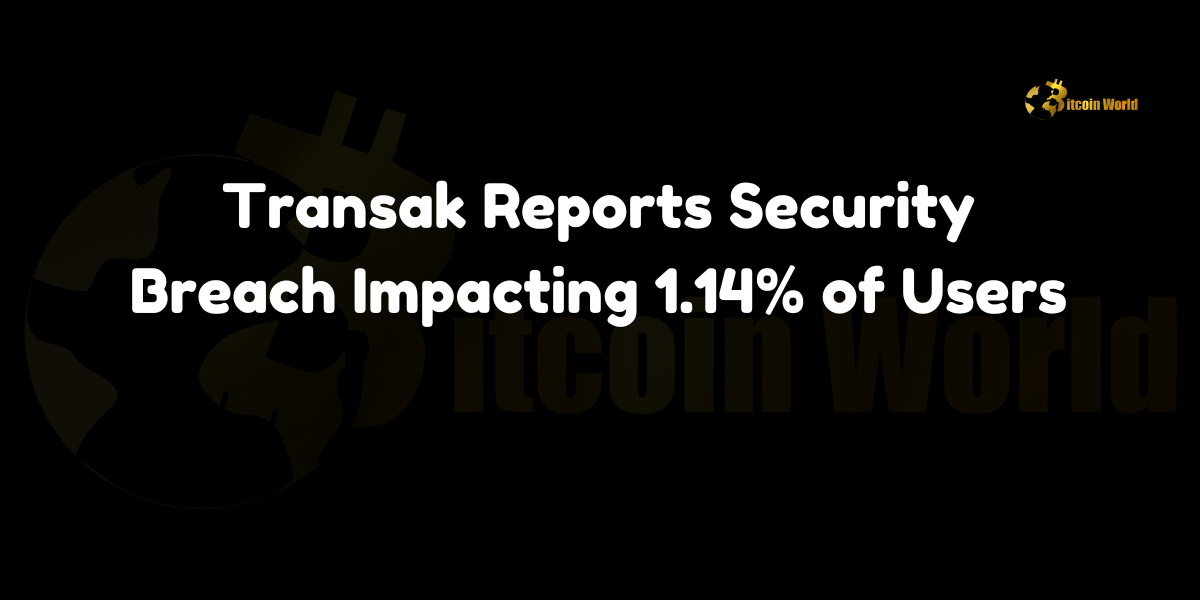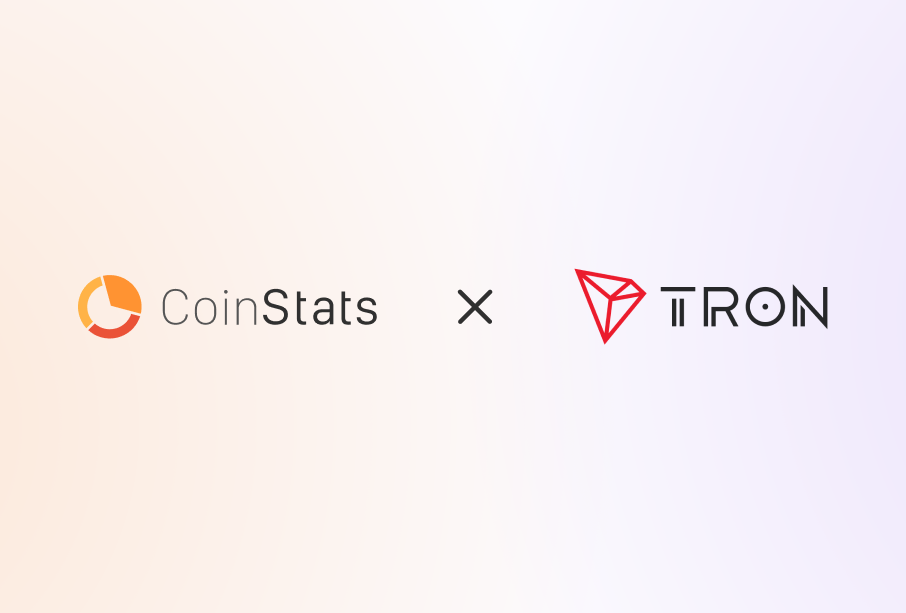Brazil’s Central Bank Weighs Tax on Stablecoin Remittances Amid Regulatory Challenges
Brazil’s central bank is actively exploring the implementation of a tax on stablecoin-based remittances, potentially incorporating this measure into next year’s finalized cryptocurrency regulations, according to reports by Bitcoin.com. This initiative reflects Brazil’s ongoing efforts to regulate the burgeoning digital asset sector while addressing the complexities associated with stablecoin transactions.
Introduction to Brazil’s Stablecoin Tax Proposal
Overview of the Central Bank’s Consideration
In response to the growing use of stablecoins for remittances, Brazil’s central bank is contemplating the imposition of a tax on these transactions. Stablecoins, which are digital assets pegged to fiat currencies like the U.S. dollar, have gained popularity for their ability to facilitate quick and cost-effective cross-border payments. However, their increasing use has raised concerns about regulatory oversight and fiscal implications.
Potential Integration into Next Year’s Regulations
The proposed tax on stablecoin remittances is part of a broader regulatory framework that the central bank aims to finalize next year. This framework seeks to categorize different types of cryptocurrency services and issue specific licenses based on the nature of the service, such as stablecoin exchanges and tokenization platforms.
Regulatory Landscape for Stablecoins in Brazil
Current Regulatory Status
As it stands, stablecoins in Brazil are classified as financial assets. This classification subjects them to certain financial regulations, but there is currently no specific tax applied to stablecoin-based remittances. This lack of taxation presents challenges in terms of revenue generation and regulatory compliance.
Proposed Licensing Framework
Local sources indicate that the central bank is considering a tiered licensing system, where different licenses would be issued based on the services provided by cryptocurrency platforms. For instance:
Stablecoin Exchanges: Platforms that facilitate the trading and exchange of stablecoins.
Tokenization Services: Platforms that offer tokenization of assets, converting real-world assets into digital tokens.
This licensing approach aims to ensure that each type of service adheres to appropriate regulatory standards, enhancing oversight and accountability within the crypto ecosystem.
Challenges in Enforcing Stablecoin Taxation
Self-Custody Wallets and Regulatory Evasion
One of the primary challenges identified by experts is the use of self-custody wallets by users. These wallets allow individuals to hold and manage their own private keys, making it difficult for regulatory bodies to track and tax stablecoin remittances effectively. Without centralized control, enforcing tax compliance becomes a significant hurdle.
Controlling Outflows and Preventing Money Laundering
The central bank is also concerned about the potential for money laundering and illicit financial activities facilitated by stablecoins. The ease of transferring large sums across borders using stablecoins can make it easier for bad actors to move funds undetected. Implementing a tax on stablecoin remittances is seen as a measure to curb such activities by increasing the traceability and accountability of digital asset transactions.
Technological and Operational Barriers
Implementing a tax on stablecoin remittances requires robust technological infrastructure to monitor and process transactions in real-time. Additionally, the decentralized nature of many stablecoin platforms poses operational challenges in ensuring compliance across various jurisdictions and platforms.
Implications for the Cryptocurrency Market
Potential Shift in Market Dynamics
If the proposed tax is enacted, it could lead to significant shifts in the cryptocurrency market. Retail and institutional investors might reassess their strategies, potentially reducing the use of stablecoins for remittances in favor of alternative methods that are either not subject to the tax or offer greater anonymity.
Rise of Alternative Solutions
Market participants may seek alternatives to taxed stablecoin remittances, such as:
Decentralized Finance (DeFi) Platforms: Utilizing DeFi protocols that offer decentralized exchange and lending services.
Other Digital Assets: Exploring other types of cryptocurrencies or digital assets that might not be subject to the same tax regulations.
Impact on Crypto Exchanges and Service Providers
Cryptocurrency exchanges and service providers offering stablecoin-based remittance services could face increased operational costs and compliance burdens. This might lead to higher fees for users or a reduction in the availability of such services, particularly for smaller exchanges that may struggle to meet regulatory requirements.
Expert Opinions
Dr. Emily Carter, Blockchain Analyst
“The proposed tax on stablecoin remittances highlights the central bank’s proactive stance in regulating digital assets. While it aims to address revenue and security concerns, the challenge lies in effectively implementing and enforcing such measures without stifling innovation in the crypto space.”
Mark Thompson, Financial Strategist
“Brazil’s move to tax stablecoin remittances could set a precedent for other nations grappling with similar regulatory challenges. It underscores the need for a balanced approach that safeguards financial integrity while fostering the growth of digital asset markets.”
Sarah Lee, Cryptocurrency Researcher
“The focus on stablecoins as financial assets and the potential tax implications reflect the evolving understanding of digital currencies within traditional financial frameworks. However, the success of such regulatory measures will depend on their adaptability to the decentralized and borderless nature of cryptocurrencies.”
Future Outlook
Awaiting Regulatory Finalization
As the central bank works towards finalizing the crypto regulations next year, stakeholders in the cryptocurrency market are closely monitoring developments. The final regulatory framework will likely address not only stablecoin taxation but also broader aspects of cryptocurrency trading, security, and compliance.
Technological Innovations for Compliance
To overcome enforcement challenges, there may be an increase in technological innovations aimed at enhancing transaction transparency and traceability. Solutions such as blockchain analytics tools and smart contract-based compliance mechanisms could play a crucial role in facilitating regulatory adherence.
Strategic Adjustments by Market Participants
Cryptocurrency exchanges, service providers, and investors will need to adapt their strategies in response to the new tax regulations. This could involve diversifying investment portfolios, adopting more compliant practices, or exploring new technologies that align with regulatory requirements.
Conclusion
Brazil’s central bank’s consideration of a tax on stablecoin-based remittances signifies a pivotal step in the country’s approach to regulating digital assets. While the proposed tax aims to address financial and security concerns, it also presents significant challenges in terms of enforcement and market adaptation. The collaboration between regulatory bodies and the cryptocurrency industry will be essential in navigating these complexities, ensuring that Brazil can effectively manage the growth of its crypto market while safeguarding against potential risks.
As the regulatory landscape continues to evolve, stakeholders must remain informed and proactive in adjusting their strategies to align with new measures. The outcome of this initiative could have far-reaching implications not only for Brazil’s cryptocurrency market but also for global regulatory practices in the digital asset space.
To stay updated on the latest developments in cryptocurrency regulations and market trends, explore our article on latest news, where we cover significant events and their impact on the digital asset ecosystem.





